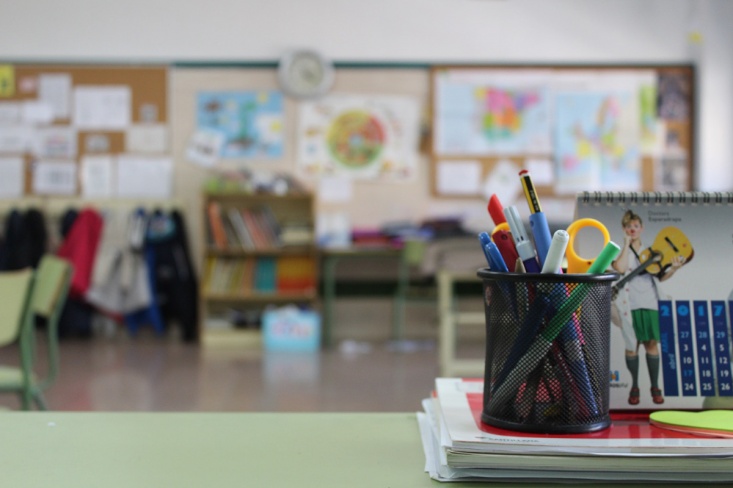As educators, we’ve learned to look for the signs of students’ unhappiness and have our own approach to helping students regain their positivity and focus, but what happens if it’s a colleague or yourself? Are you able to identify the signs of teacher burnout?
What does it look like?
In the initial stages, the physical signs can be headaches, chest pains and dizziness. Physical pain can lead to insomnia, irritability and impatience. And patience is what helps lay the groundwork. The ability to effectively communicate and collaborate is at risk when teachers are weary from data analysis and record keeping or when classroom management and restrictions impede on the learning process. The groundwork begins with building positive relationships with colleagues, parents and most importantly students.
Beyond denial and towards a solution: 4 strategies to implement
Initiate the conversation with Professional Learning Communities. According to the Glossary of Education Reform, “Professional learning community, or PLC, is a group of educators that meets regularly, shares expertise, and works collaboratively to improve teaching skills and the academic performance of students.” Members of a PLC are encouraged to discuss and reflect on both problems and solutions. Teachers work together, often identifying a commonality and using that to form deeper connections and work through challenges in a shared leadership role.
Administration may conduct an anonymous school or district survey to gauge the strengths and weaknesses within the building and to measure the overall school climate. Effective questions relating to more autonomy, assessments, teacher evaluations, school morale and leadership will ensure that teachers have a voice and that it is valued.
Establish and use mentor teachers skillfully. Both seasoned and new teachers need a positive mentor; someone whom they can have candid conversations with and who can offer insight and solutions to various issues. For example, how to respond appropriately to an unhappy parent. Encourage teachers to record and categorize questions as they arise.
Focus on your needs. Whether it’s yourself who is lacking motivation or it’s a colleague, make a list of positive and achievable mini- goals/activities:
- Learn a new skill outside of work
- Don’t stay isolated; socialize at work
- Eat healthier/ exercise
- Keep a journal of positive teaching moments and ideas. Note the things that aren’t working and reflect on changes that you’re able to make.
- Focus on a growth mindset
Communication is important when working through possible burnout. Find a colleague with whom you trust and take small actionable steps to regain confidence, motivation or morale.
Resources:
Manno, Michelle.The Warning Signs of Teacher Burnout: “Teach Thought: We Grow Teachers” (2017) (source)
Santoro, Doris A. “Demoralized: Why Teachers Leave the Profession They Love and How They Can Stay, Harvard Education Press, 2017.
“The Glossary of Education Reform.” Great Schools Partnership. Web. 2014. (source)
Walker, Tim. Teacher Burnout or Demoralization: What’s the Difference and Why it Matters “Teachers and their Classrooms” NEA Today (2018) (source)






